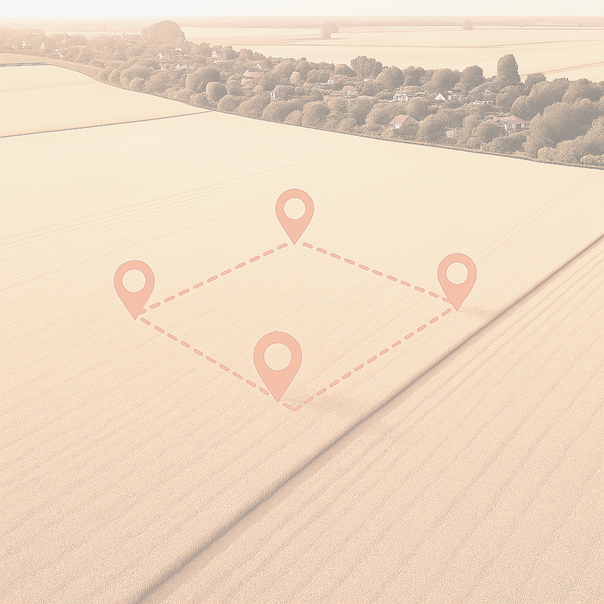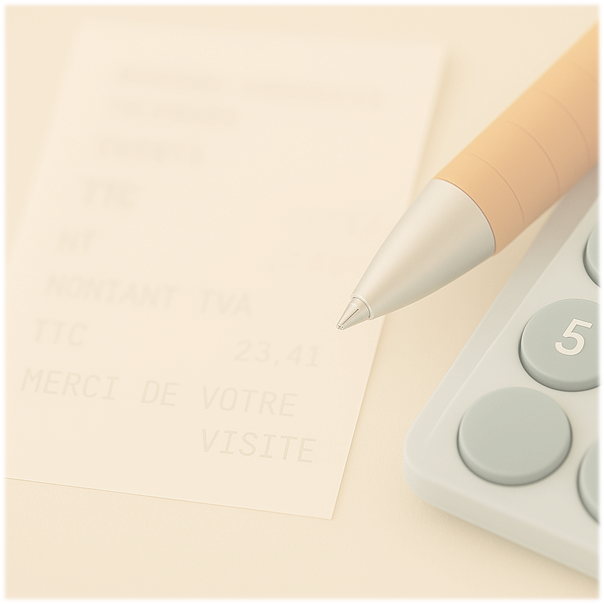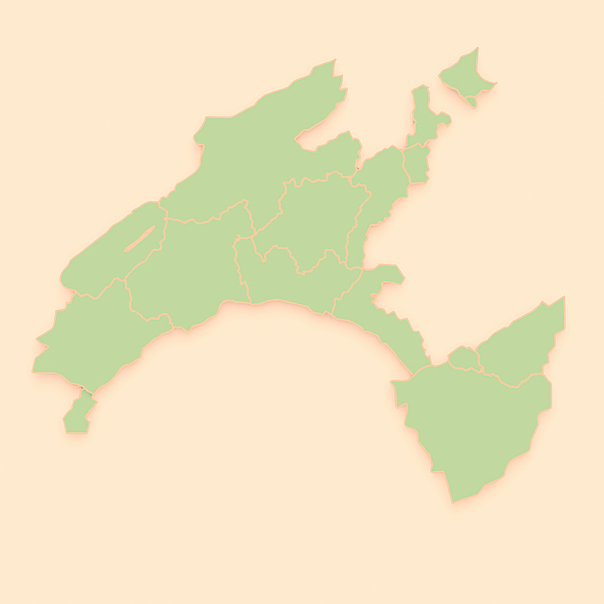
The Federal Law on Spatial Planning (art. 5 para. 1 LAT) requires cantons to introduce a tax to compensate property owners for the impact of spatial planning measures (land use plans).
Thus, an owner whose land increases in value as a result of a new land-use plan must pay a value-added tax of at least 20% (the minimum stipulated by federal law).
The funds raised are used to compensate landowners who have suffered a loss of value and to finance soil and forest protection projects. In the canton of Vaud, plots of land generating a capital gain
of at least CHF 20,000 as a result of an allocation plan that came into force after September 1, 2018 are subject to a 20% tax .
Taxation must take place within five years of the plan’s adoption.
The capital gain is calculated based on the difference between the value of the land according to the building rights under the old and new plans.
For this estimate, an expert commissioned by the French State uses the so-called “backward” method (or residual value method ).
This involves determining the value of the land on the basis of a theoretical project that fully exploits the additional building rights, from which the necessary costs (construction, risks and contingencies) are deducted. If the backward method does not correspond to market values, the appraiser may opt for another approach.
Once an allocation plan has come into force, the Direction générale du territoire et du logement (DGTL) sends a draft draft taxation decision to the owner, who can then claim deductible costs or a counter-assessment.
At the end of this period, the DGTL sends the final
final decision
which can be contested within 30 days of receipt.
This publication contains general information and is not a substitute for detailed research or expert advice. No liability can be accepted for its content. For specific questions, please contact the author.


